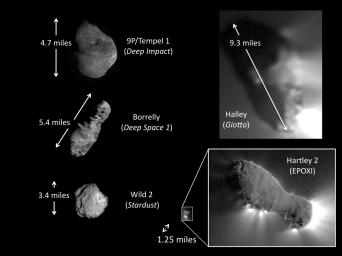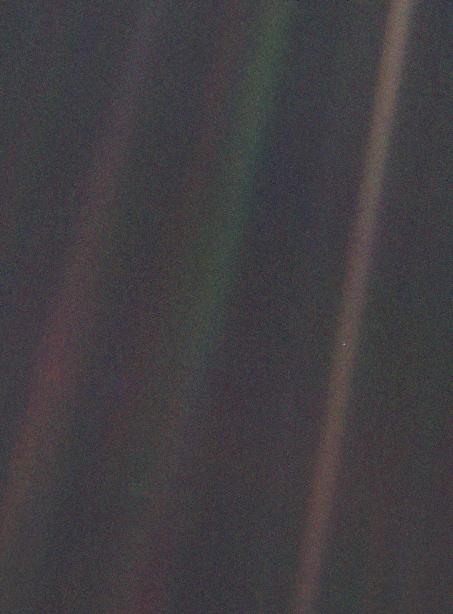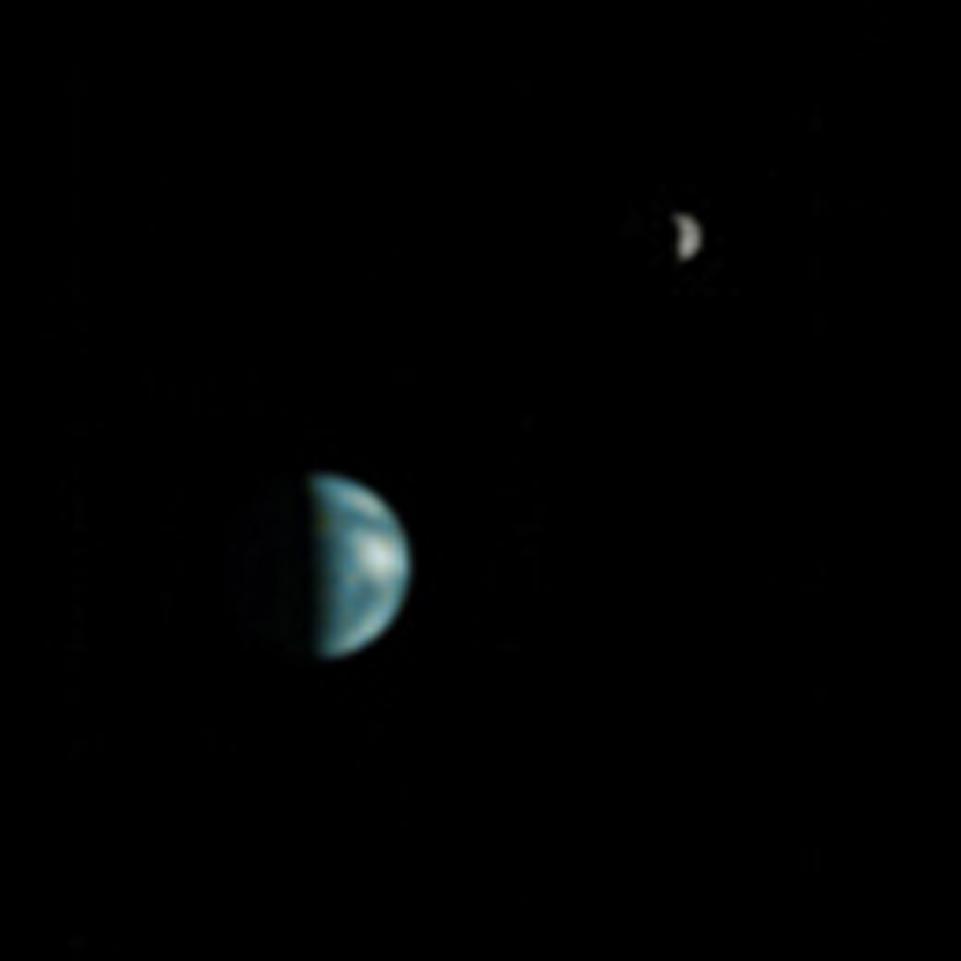November 9 was the anniversary of Carl Sagan’s birth. He would have been 77 years old.
Carl Sagan has gently ushered millions of people across this blue planet into the wonders of the cosmos. One of his most poignant observations on this Universe we live in is his comment on Earth – “The Pale Blue Dot.”
Take five minutes and watch this video. All that we hold dear, all that has any meaning to us, everything that has ever been to bring us to today has occurred on this planet. This tiny speck in the vast Universe. The military rulers, presidents, kings and queens, gang leaders, politicians, drug dealers, criminals that have left death, destruction and despair in their wake, as they struggle for dominance in their small corner of this dot don’t appreciate their insignificance in the grand scheme of things.
We need to understand that we are one people – one planet. It doesn’t matter what color we are, what language we speak, what nationality or religion we are, we are all humans and we exist only in one place in this vast cosmos. We need to work together to survive, which means compromise and sacrifice from everyone. If we fight for dominance, we surely are destined to all fail.
Think about IT and DO….
Thank you, Carl, for your perspective on this world we all live on. Let’s hope we can all learn to appreciate what we have before we lose it.
Till next time,
RC Davison










 The image on the left is the original “Pale Blue Dot” taken in 1990 by Voyager 1 as it headed out of the Solar System after its encounter with Saturn. NASA took this image in response to a request by Carl Sagan. It’s difficult to see the dot of Earth embedded in the ring of Saturn, but if you follow this
The image on the left is the original “Pale Blue Dot” taken in 1990 by Voyager 1 as it headed out of the Solar System after its encounter with Saturn. NASA took this image in response to a request by Carl Sagan. It’s difficult to see the dot of Earth embedded in the ring of Saturn, but if you follow this 
